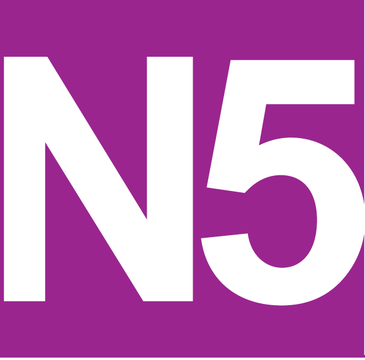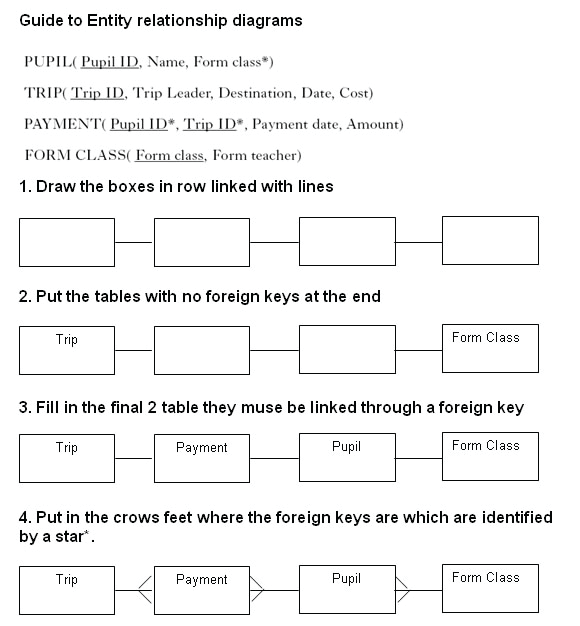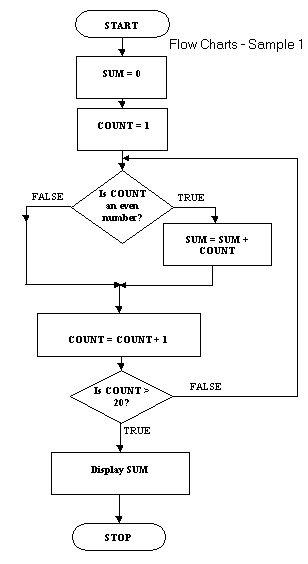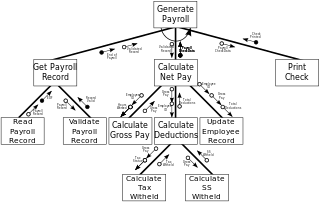Units of storage:
8 bits = 1 byte
1024 bytes = 1 Kilobyte
1024 Kilobytes = 1 Megabyte
1024 Megabytes = 1 Gigabyte
1024 Gigabytes – 1 Terabyte
1024 Terabytes = 1 Petabyte
Translation of high-level program code to binary (machine code):
- interpreters – translates source code to machine code line by line, spots errors more easily but takes longer.
- compilers – translates the source code to machine code in one step, does not spot errors as line being typed, but more efficient. Creates a run time version (object code) that can’t be edited.
Use of binary to represent and store:
- Real numbers uses mantissa & exponent – 0.256 X 105
Mantissa = 256 Exponent = 5 - Characters – ASCII allocates a different binary code to each letter, A = 00100001
- Instructions, machine code – Binary instructions the processor can understand 10101011101
- Graphics bit-mapped and vector
- Bit-mapped graphics are made up of pixels
- Vector graphics are described in text <rect width=”300″ height=”100″ style=”fill:rgb(0,0,255);stroke-width:3;stroke:rgb(0,0,0)”>
Basic computer architecture:
- Processor (CU Ah Luv U Right)
- Registers – temporary storage locations holding data being processed
- ALU – deals with comparisons and arithmetic calculations
- control unit – controls all other parts of the processor, ensures instructions are carried out in the correct order
- Memory
- Random Access Memory – temporary data storage only held as long as the computer is switched on.
- Read only memory – Permanent memory not lost when the computer is switched off, can’t be changed.
- Buses
- data – carries data to and from the processor, memory and other devices. Bi-directional
- address – carries address info from processor to the memory.
- control – made up of a number of separate wires.
- Interfaces
- allows a processor to send and receive data to and from peripherals like printers, scanners, keyboards and projectors.
- Bluetooth – Wireless
- USB – Wired






